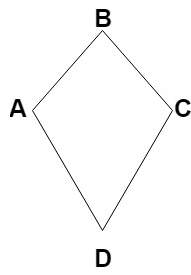Types of Quadrilateral












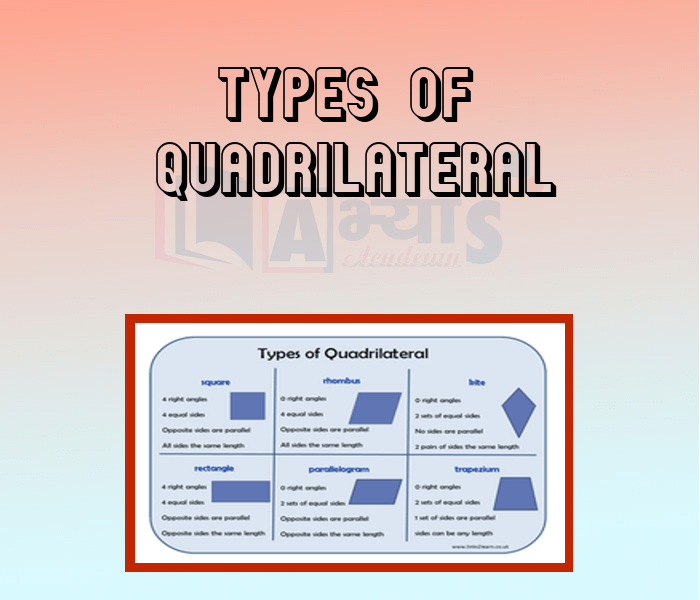
Types of Quadrilateral
A quadrilateral is a four sided or edges closed plane figure. As it has four edges, it has four corners or the points where the edges meet. These corners are called vertices. The various type of quadrilaterals are:
| 1. Parallelogram: It is quadrilateral in which opposite sides are parallel and equal. | 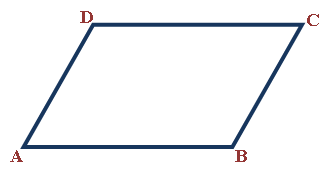 |
| 2. Rectangle: It is a special type of parallelogram in which each angle is a right angle. | 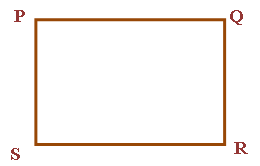 |
| 3. Square: A square is a special type of rectangle in which all the four sides are equal. | 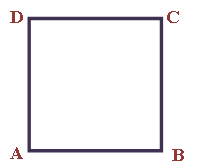 |
| 4. Rhombus: It is a parallelogram in which all the four sides are equal, but the angles are not right angles. The diagonals bisect each other at right angles. | 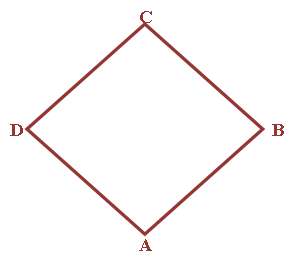 |
|
5. Trapezium: It is a quadrilateral in which one pair of opposite sides is parallel and other is non parallel. If the non-parallel sides are equal then it is known as isosceles trapezium because it is made from an isosceles triangle by cutting the equal sides with a line parallel to the third side. |
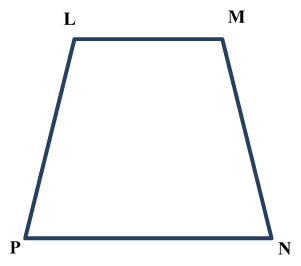 |
|
6. Kite: It is a quadrilateral in which the four sides can be grouped into two pairs of equal sides that are adjacent to each other. The diagonals of a kite intersect perpendicularly. |
 |
Quadrilaterals can also be classified as:
|
1. Convex. Quadrilaterals: It is defined as a quadrilateral in which all its interior angles less than 180°. Or we can say that all the vertices will be bulging outwards i.e. away from the interior of the shape. Both the diagonals will be inside the quadrilateral |
 |
|
2. Concave Quadrilaterals. It is defined as a quadrilateral in which one interior angle is more than 180°. Or we can say that one of the vertices will be pushed inwards i.e. towards the interior of the shape. Both the diagonals will not be inside the quadrilateral |
 |
|
3. Self-Intersecting Quadrilaterals: They are complex quadrilaterals also called crossed quadrilateral. In these quadrilaterals one of the opposite pair of sides are intersecting with each other. |
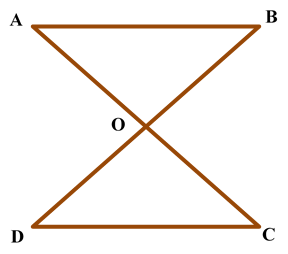 |
Important Terminologies:
|
Adjacent or Consecutive Sides: Two sides of a quadrilateral which have a common vertex are called Adjacent Sides.For example AB and BC as they have common vertex. Opposite Sides: The two sides of a quadrilateral which do not have a common vertex are called opposite sides. For example AB and CD Consecutive Angles: The angles of a quadrilateral which have one common arm are consecutive angles.For example Opposite Angles: The angles of a quadrilateral which do not have any common arm are consecutive angles. .For example |
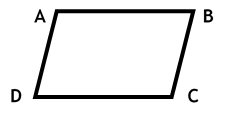 |
If one pair of opposite sides are parallel in a quadrilateral, it is called __________. | |||
| Right Option : A | |||
| View Explanation | |||
A trapezium has : | |||
| Right Option : A | |||
| View Explanation |
From the diagram given below, if AB = BC and AD = CD then what is the given shape called?
| |||
| Right Option : B | |||
| View Explanation | |||
Students / Parents Reviews [10]
It has a great methodology. Students here can get analysis to their test quickly.We can learn easily through PPTs and the testing methods are good. We know that where we have to practice

Barkha Arora
10thIt was a good experience with Abhyas Academy. I even faced problems in starting but slowly and steadily overcomed. Especially reasoning classes helped me a lot.

Cheshta
10thMy experience with Abhyas academy is very good. I did not think that my every subject coming here will be so strong. The main thing is that the online tests had made me learn here more things.

Hiya Gupta
8thMy experience with Abhyas is very good. I have learnt many things here like vedic maths and reasoning also. Teachers here first take our doubts and then there are assignments to verify our weak points.

Shivam Rana
7thA marvelous experience with Abhyas. I am glad to share that my ward has achieved more than enough at the Ambala ABHYAS centre. Years have passed on and more and more he has gained. May the centre flourish and develop day by day by the grace of God.

Archit Segal
7thBeing a parent, I saw my daughter improvement in her studies by seeing a good result in all day to day compititive exam TMO, NSO, IEO etc and as well as studies. I have got a fruitful result from my daughter.

Prisha Gupta
8thOne of the best institutes to develope a child interest in studies.Provides SST and English knowledge also unlike other institutes. Teachers are co operative and friendly online tests andPPT develope practical knowledge also.

Aman Kumar Shrivastava
10thIt was good as the experience because as we had come here we had been improved in a such envirnment created here.Extra is taught which is beneficial for future.

Eshan Arora
8thAbhyas is a complete education Institute. Here extreme care is taken by teacher with the help of regular exam. Extra classes also conducted by the institute, if the student is weak.

Om Umang
10thMy experience was very good with Abhyas academy. I am studying here from 6th class and I am satisfied by its results in my life. I improved a lot here ahead of school syllabus.

